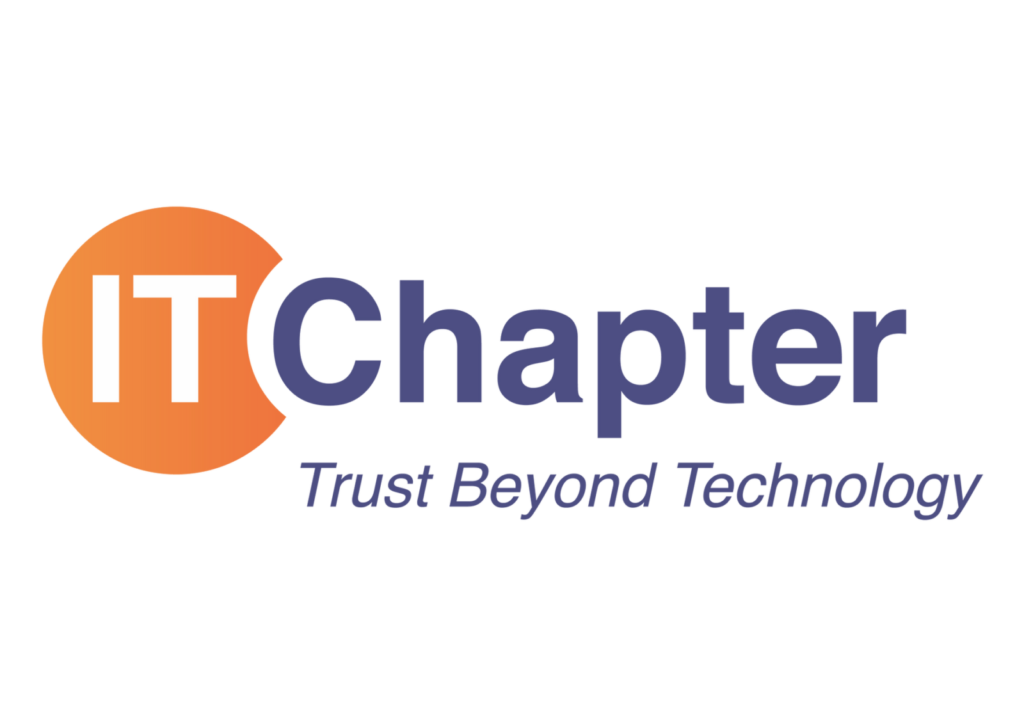Are IT services just cost items? Can they contribute to the organization’s profitability and competitiveness by making it more agile, faster, lighter? IT is sometimes perceived as a controlling business function, difficult to change and therefore a blocker to the company’s efforts to evolve. What if we made the effort to say “yes” more often or “this is what we recommend…” rather than “no, it’s too risky/complicated/expensive”.
Written by David Lareau

